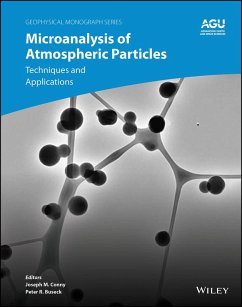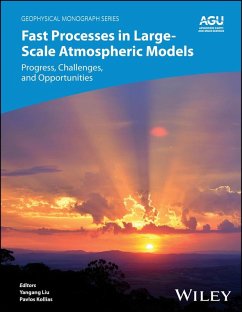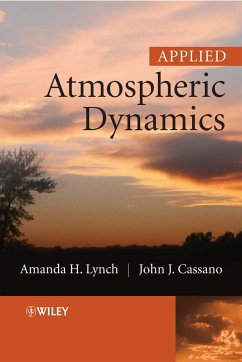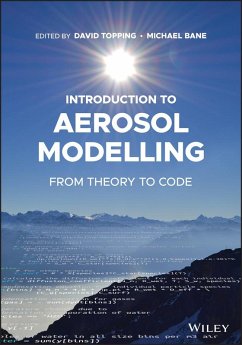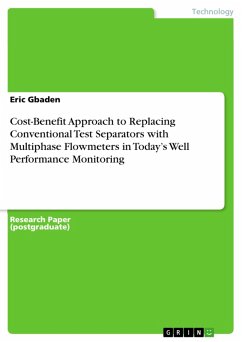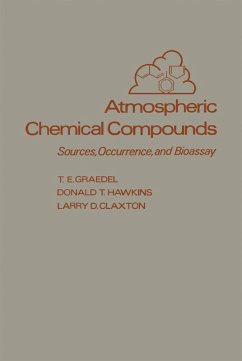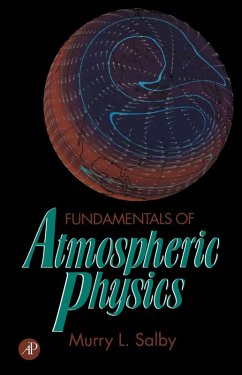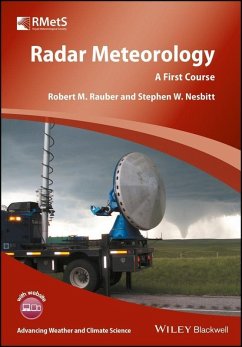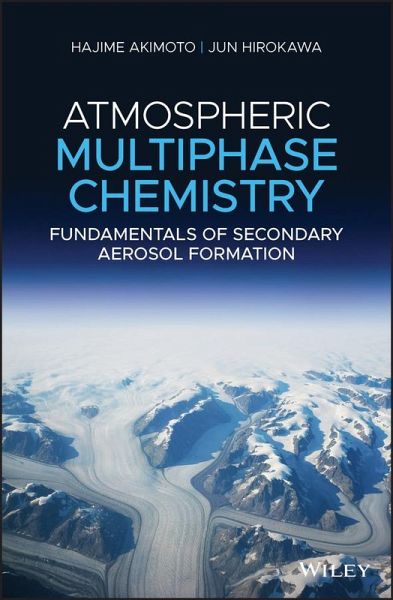
Atmospheric Multiphase Chemistry (eBook, PDF)
Fundamentals of Secondary Aerosol Formation
Versandkostenfrei!
Sofort per Download lieferbar
136,99 €
inkl. MwSt.
Weitere Ausgaben:

PAYBACK Punkte
0 °P sammeln!
An important guide that highlights the multiphase chemical processes for students and professionals who want to learn more about aerosol chemistry Atmospheric Multiphase Reaction Chemistry provides the information and knowledge of multiphase chemical processes and offers a review of the fundamentals on gas-liquid equilibrium, gas phase reactions, bulk aqueous phase reactions, and gas-particle interface reactions related to formation of secondary aerosols. The authors--noted experts on the topic--also describe new particle formation, and cloud condensation nuclei activity. In addition, the text...
An important guide that highlights the multiphase chemical processes for students and professionals who want to learn more about aerosol chemistry Atmospheric Multiphase Reaction Chemistry provides the information and knowledge of multiphase chemical processes and offers a review of the fundamentals on gas-liquid equilibrium, gas phase reactions, bulk aqueous phase reactions, and gas-particle interface reactions related to formation of secondary aerosols. The authors--noted experts on the topic--also describe new particle formation, and cloud condensation nuclei activity. In addition, the text includes descriptions of field observations on secondary aerosols and PM2.5. Atmospheric aerosols play a critical role in air quality and climate change. There is growing evidence that the multiphase reactions involving heterogeneous reactions on the air-particle interface and the reactions in the bulk liquid phase of wet aerosol and cloud/fog droplets are important processes forming secondary aerosols in addition to gas-phase oxidation reactions to form low-volatile compounds. Comprehensive in scope, the book offers an understanding of the topic by providing a historical overview of secondary aerosols, the fundamentals of multiphase reactions, gas-phase reactions of volatile organic compounds, aqueous phase and air-particle interface reactions of organic compound. This important text: * Provides knowledge on multiphase chemical processes for graduate students and research scientists * Includes fundamentals on gas-liquid equilibrium, gas phase reactions, bulk aqueous phase reactions, and gas-particle interface reactions related to formation of secondary aerosols * Covers in detail reaction chemistry of secondary organic aerosols Written for students and research scientists in atmospheric chemistry and aerosol science of environmental engineering, Atmospheric Multiphase Reaction Chemistry offers an essential guide to the fundamentals of multiphase chemical processes.
Dieser Download kann aus rechtlichen Gründen nur mit Rechnungsadresse in A, B, BG, CY, CZ, D, DK, EW, E, FIN, F, GR, HR, H, IRL, I, LT, L, LR, M, NL, PL, P, R, S, SLO, SK ausgeliefert werden.




